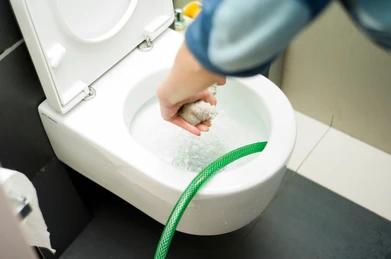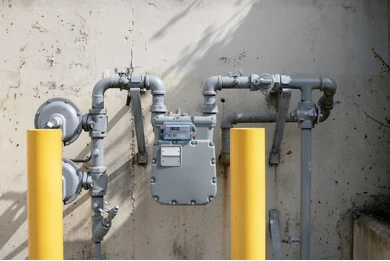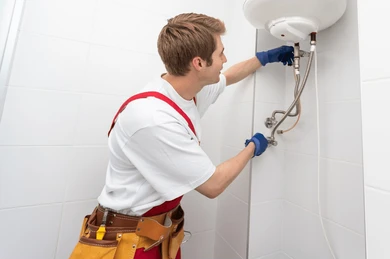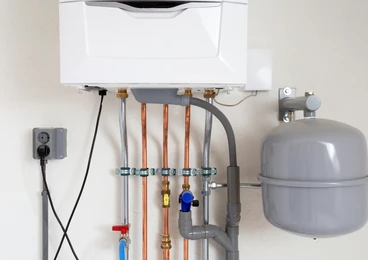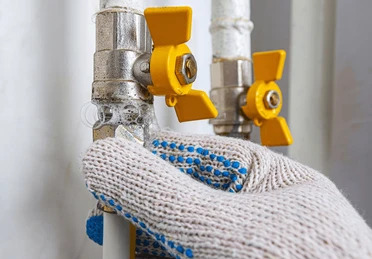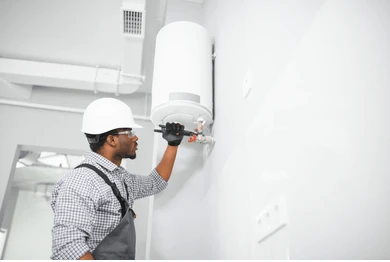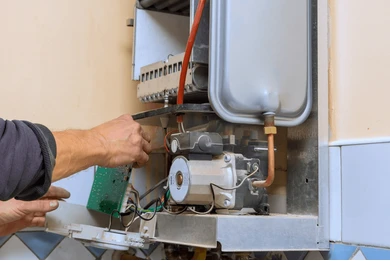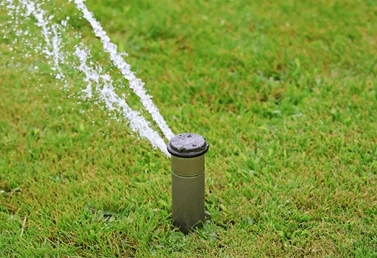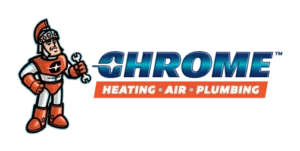How to Fix a Running Toilet by Chrome Heating
To ensure a toilet functions properly, it needs to have a steady flow of water. However, if the water keeps running nonstop, it can lead to higher water bills and unnecessary expenses. Addressing and resolving toilet issues, such as this one, should be a skill that all homeowners can manage due to the straightforward nature of the problem. Leaks are Usually the Problem Leaks are often the issue that arises with this particular toilet repair. The problem usually stems from a rubber flapper that is leaking against plastic at the base of the tank. This is typically caused by hard water, leading to water leakage over time. The method for detecting potential plumbing issues is to utilize a dye test. To do this, add a dye tablet or a few drops of food coloring to the toilet tank and allow it to refill. If the water in the bowl turns the same color as the tank, there’s likely a leak present, indicating that repairs may be necessary. Fixing the Flapper Issue Addressing a leak may involve replacing the flapper as a solution for fixing a toilet issue, but identifying the appropriate one to use can be difficult at times. To begin the replacement process, turn off the water supply and remove the existing flapper by sliding it off the flush valve and detaching install the new flapper by reversing these steps, ensuring it is properly seated above the flush valve. The chain is probably already set to the handle, so the next step is to. The foam component that links the flush valve and handle serves as a regulator for the speed at which the flapper descends, controlling the synchronization between the tank and bowl. When the toilet is flushed, the foam piece rises slightly, allowing the flapper to shut and the water in the bowl to drain properly. To find the foam component upward for a reduced water flow or downward for a more gentle release. To confirm the flapper is correctly in place, perform a follow-up dye test using food coloring. A successful test indicates that the flapper has been installed correctly. Replacing the Fill Valve In conjunction with installing a new flapper, it’s recommended to also replace the fill valve as part of the water supply must be turned off, with the exact number of turns needed. While some toilets require only a slight others may need multiple turns, but the task is finished once the water flow is completely halted. Disconnecting the flexible line involves unscrewing it, but it is important to ensure that all the water has been emptied from the toilet tank before proceeding. Next, the fill valve can be taken out by first loosening the located at the bottom of the valve. Simply pull the valve straight up and then detach the fill tube. To adjust the fill valve’s height, first slide the freeing valve to be moved to the desired position. The plastic nut secures the valve at its new height, ensuring the valve’s base remains intact. Lastly, reattach the fill valve by holding it firmly in place and tightening the nut at the base of the tank. Next, the fill tube is secured by attaching it to the outer edge of the flush valve, enabling water to flow through the valve and into the center. The final step is to reattach the flex line, completing the installation. To avoid a messy situation, it’s wise to thoroughly inspect your repairs before restoring water flow to the toilet. Once the water is turned back on the area for any signs of leakage.

